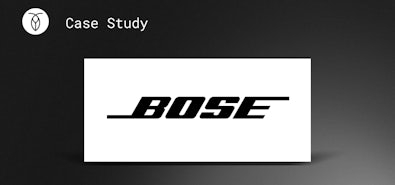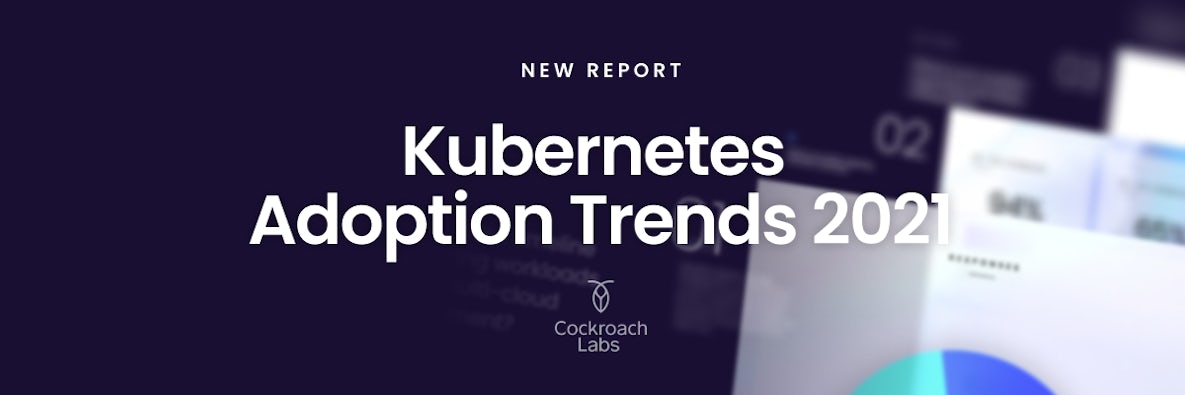
Ever search for information about how to use Kubernetes? There are zillions of technical resources: docs, guides, tutorials, videos, blog posts, even cartoons. If, however, you wonder how Kubernetes is being used by different organizations and sectors, including Fortune 500s, — and what kind of workloads they use it for — “zillions” turns into “zilch.”
At Cockroach Labs and Red Hat, we also wondered.
It’s clear there is massive growth in all workloads on Kubernetes across the spectrum, both from the broader application ecosystem and an ever-increasing number of independent vendors. But what’s harder to see is exactly how companies are day-to-day deploying their applications and services on Kubernetes in production. So we created the first-ever Kubernetes Adoption Trends Survey to find quantitative answers to our own questions, such as:
- What types of workloads are organizations deploying in Kubernetes?
- What distributions are they using for the production environment?
- What type(s) of database(s) are they integrating?
- What kind of teams are responsible for managing it all?
We talked to senior architects, engineers, and technical decision makers at 200 organizations in the US — from current Fortune 500 companies to small and midsize startups — with two goals in mind. First, to create a pragmatic, workloads-focused snapshot of how these organizations work with Kubernetes right now. And, next, to find out where they intend to go from here.
What’s in the Kubernetes Adoption Trends Survey?
This first-hand look at how organizations across every sector are currently working with (and strategizing around) Kubernetes was truly eye-opening. The results are gathered into the 2021 Kubernetes Adoption Trends Report. You’ll find straight data compiled into first-level conclusions and then cross-context insights, and even a few extrapolated hypotheses thrown in.
All the juicy details are in the report itself, and we are fast-following with a livestream for an inside view into the research and an in-depth discussion of the insights and conclusions reached.
But first here are a few highlights around trends we identified, just to jump-start your curiosity 😸.
How many production workloads run on Kubernetes?
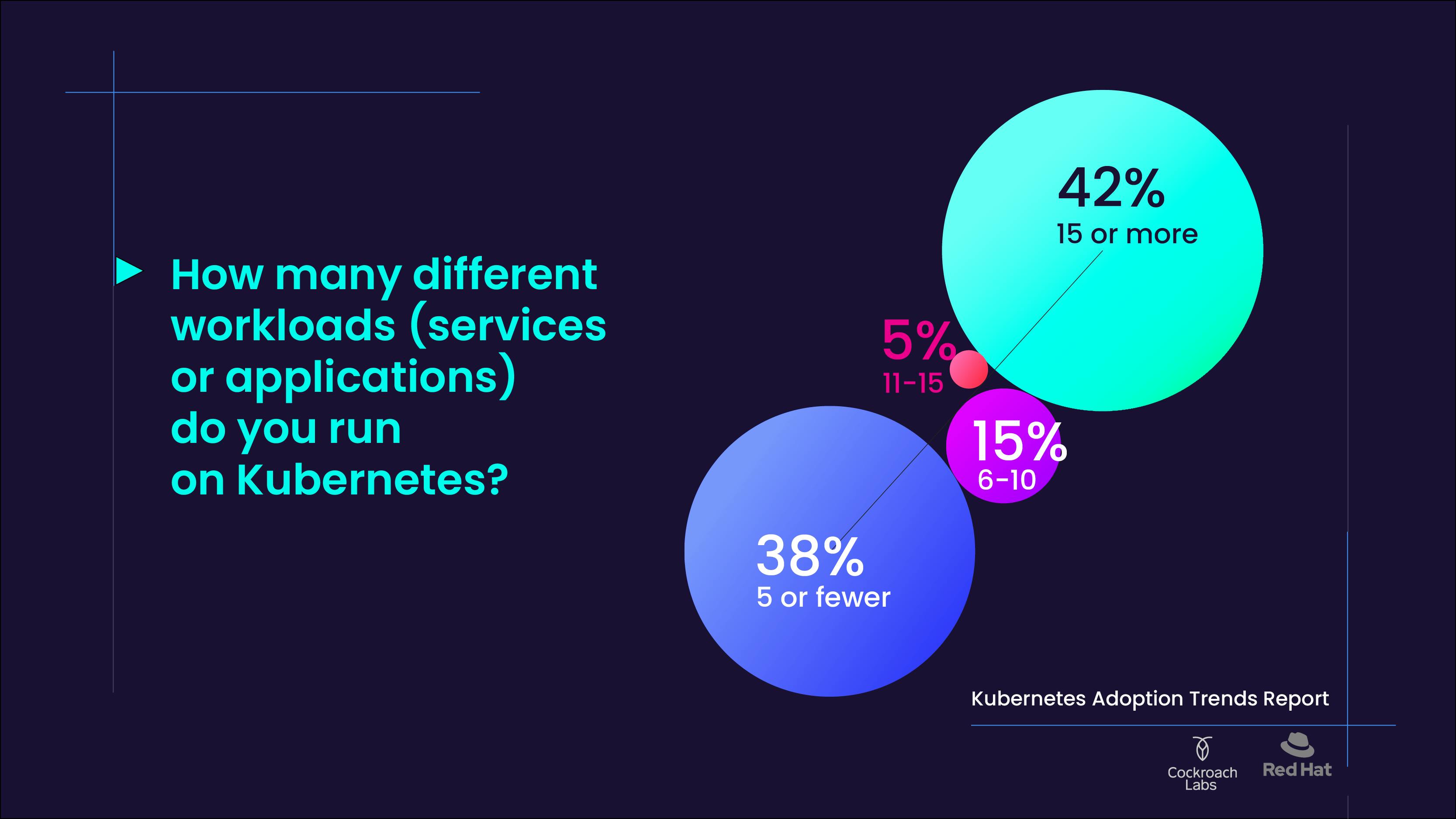
Companies either have MANY active workloads running on Kubernetes or a just a few. There’s limited middle ground.
- Just about half (38%) of organizations surveyed run 5 or fewer services/applications on Kubernetes.
- Most of the other half (42% of overall) supersizes that number, running 15 or more.
- A scattered handful of companies run in the middle between those ranges, but the clear deployment decision for most toggles between “compact but powerful” vs. “Big Kahuna.”
The #1 Kubernetes Concern
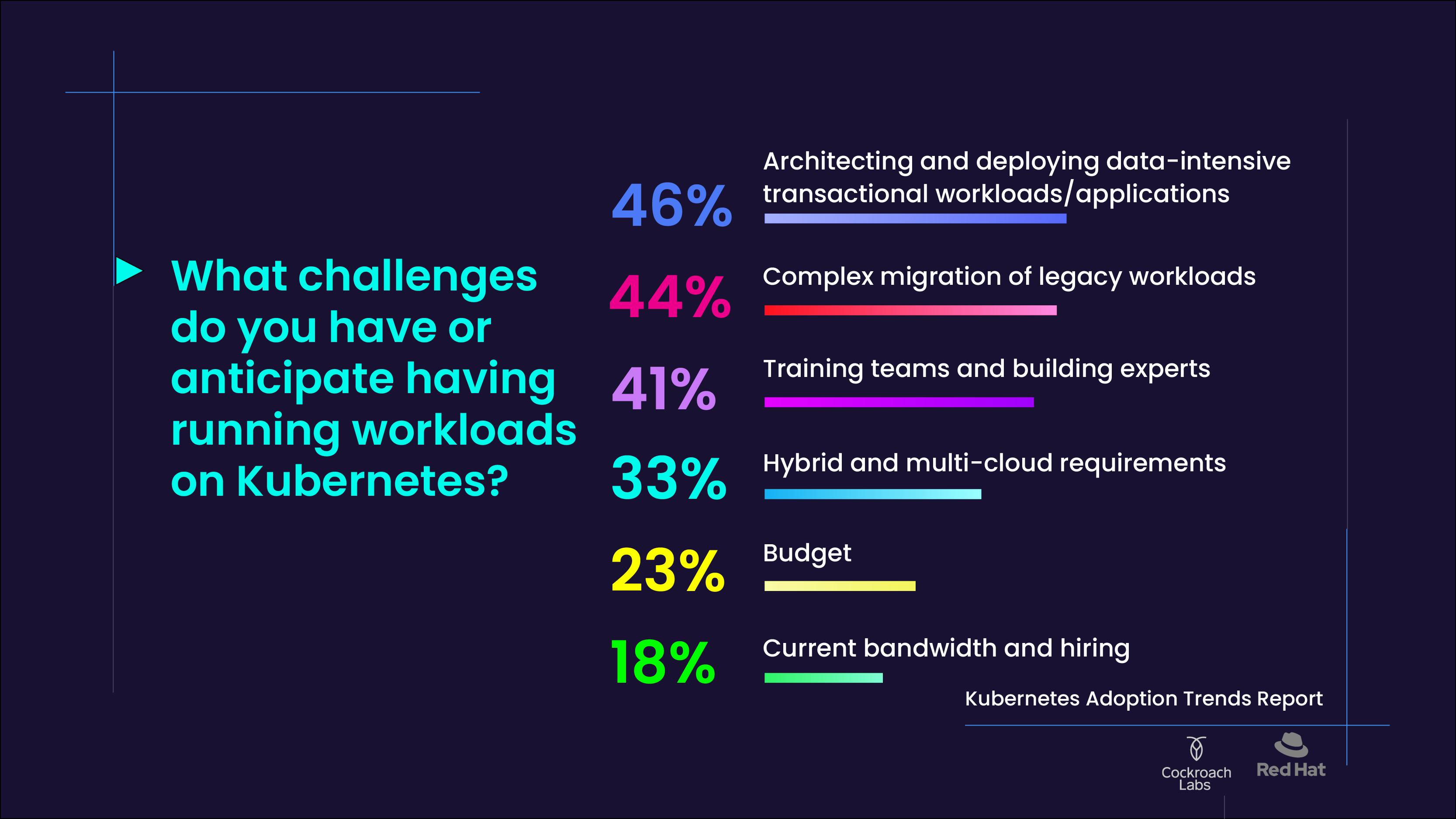
The number one challenge running Kubernetes is deployment of data-intensive transactional workloads. 46% of those surveyed chose transactional workloads as their primary concern around effectively architecting for and deploying with Kubernetes.
- This was the number one response, chosen by the highest number of participants. It was also named as their single, sole concern more than any other challenge (and by a significant margin).
Serverless is here
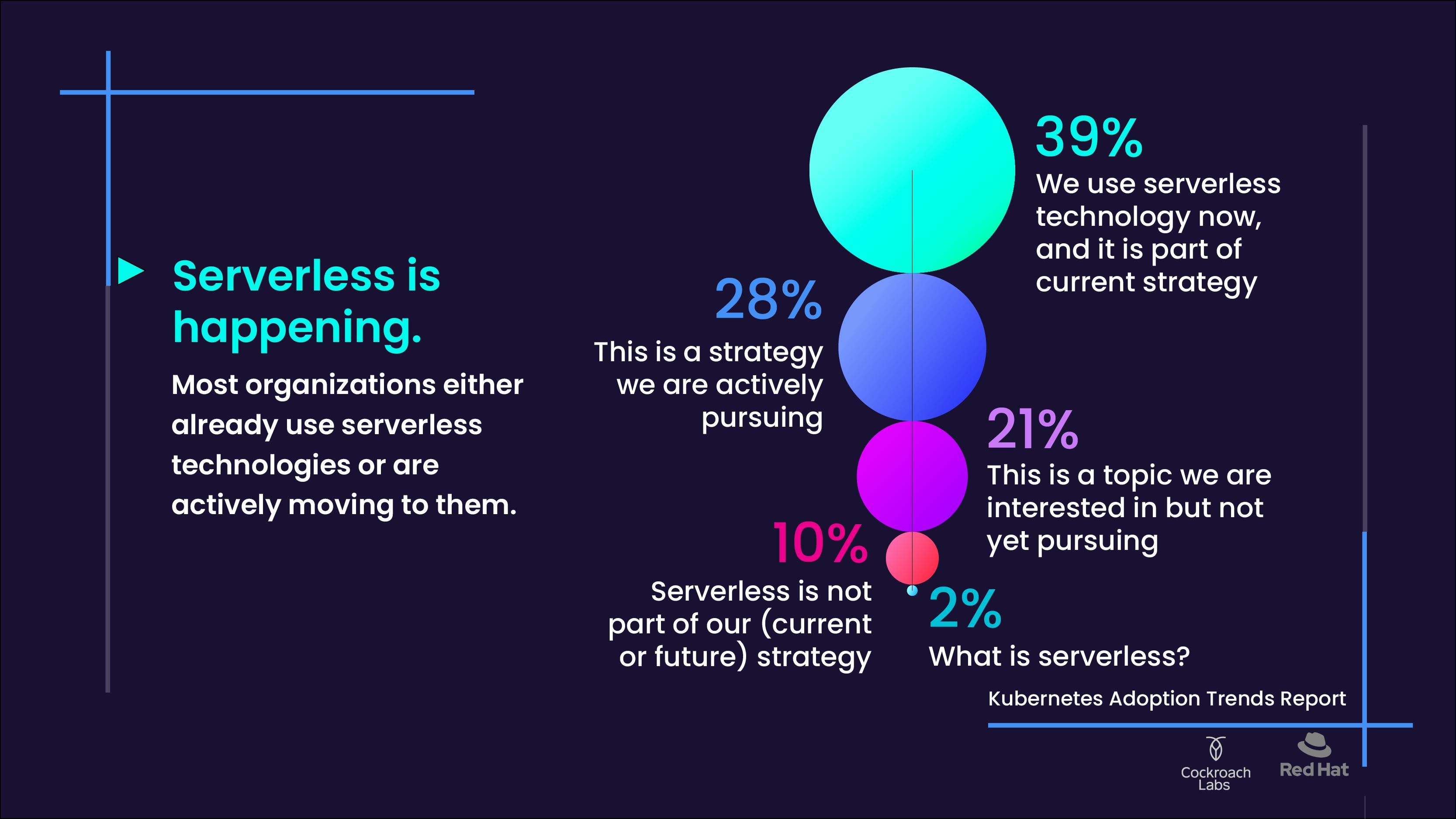
Serverless adoption is a solid, emerging trend. Two thirds (67%) of companies surveyed say they are in process or are already using serverless computing. Most of the remainder are interested in serverless, just not yet ready to act. And then there’s the fun 2% to keep things light.
Multi-cloud is the new normal

If companies are not already working in a multi-cloud environment, most of them will be by the end of 2021.
- 65% of survey participants say their organizations are already working in a multi-cloud or hybrid environment or are actively moving workloads to a multi-cloud environment by the end of 2021.
- An additional 20% plan to migrate to a multi-cloud or hybrid environment, but on a longer timeline.
Kubernetes insights and hypotheses
Then, by the powers of questions combined, insights!
After identifying straightforward trends and conclusions from the survey results, we also inferred some deeper correlations within the data by combining and contextually comparing answers to some of the individual questions. Several interesting correlations emerged. These findings we named “Insights.” For example, here is an interesting correlation we uncovered when collating multi-cloud adoption strategies vs. industry:
INSIGHT: Multi-cloud adoption in Computer Services presents as binary. Of the 67 survey participants from that sector, 80% say they are already working in a multi-cloud environment. Not planning to do so, but already there. Meanwhile, the remaining 20% have NO plan to move workloads to a multi-cloud environment.
Beyond insights, we also found some really interesting potential trends in the data. These emerged where results from different questions fitted together and amplified each other in some unexpected and intriguing ways. These we call out as the hypotheses that they are, explaining our thinking around what we see and what we think it means. We look forward to future versions of the survey where we can investigate and expand on these “Insights” and “Hypotheses” relationships by asking some additional and more detailed questions.
Key priority: Transactional workloads
Here is one of the most interesting hypotheses we extracted from comparative data within the Kubernetes Adoption Trends survey results:
- Architecting and Deploying Transactional Workloads/Applications was the number one challenge named by participants overall.
- When survey respondents named only one single challenge (rather than choosing multiple), Architecting and Deploying Transactional Workloads/Applications was also number one — and by a large margin over the next-most popular single choice.
- This means Architecting and Deploying Transactional Workloads/Applications is both the most primary and most widely-shared concern for companies running Kubernetes in production.
- Additionally, of the 51 survey participants (out of 202 total, or 25% overall) who named Architecting as their first priority, it is telling that none of them indicated Complex Migration of Legacy Workloads is a secondary concern.
HYPOTHESIS: When taken together, these data points would seem to indicate that these respondents, 25% of the entire survey population, have identified their transactional database as a bottleneck and are seeking to modernize it in order to achieve optimal performance. It would appear that they’ve already successfully transitioned to cloud native — since not a single one expressed concern over migrating legacy workloads — and now they are investing in ways to continue evolving and improving their stack.
Intrigued? You will find so much more in the report. Responses to each of the survey questions, more trends we identified, plus next-level insights and hypotheses. We end the report with three key takeaways for things you need to know and smart actions to take right now. Don’t forget to check out the Kubernetes livestream for a deeper dive. And if you’re curious about how CockroachDB fits with Kubernetes you can check out our content or ask questions in our community slack.
Thank you for joining us on the inaugural journey of the Kubernetes Adoption Trends report. We hope to see you next year, because we are already compiling questions for the 2022 survey!
What are you still doing here? Go read the report!


